By Tauhid Pasha and Poppy Jaman OBE
LAST Friday (26) was a day charged with emotion. Marking the 50th anniversary of Bangladesh’s independence, we launched Kee Khobor to start a conversation among British Bangladeshis on what this day means and what relevance our heritage has for us.
The day was marked with a lot of pride, celebrating the beauty and vibrancy of the Bengali community in the UK. Hearing artists such as Joy Crookes recording live sessions on air, and seeing landmarks across the UK – from London to Edinburgh – lit up in red and green really symbolised where this community is now compared to where it was 50 years ago.
The day was also one of reflection and emotion, as we learned, remembered and heard, sometimes for the first time, personal stories of that brutal struggle in 1971 that started on the eve of March 26 in what was East Pakistan.
Growing up in the UK over the past five decades, many of us are witness to the struggles that British Bengalis have faced, and there are some inspiring stories of triumph over adversity. Kee Khobor has started collecting those stories to capture a snapshot of the thoughts and feelings of the community. Kee Khobor wants to not only reflect, it also wants to kickstart conversations that need to be had. What’s the community going to look like in 50 years’ time, as our children of Bengali and mixed heritage grow up in a smorgasbord of different cultures?
Hearing Hamza Choudhury, the Leicester City footballer of Bangladeshi-Grenadian heritage, talk about his connections to Bangladesh through his mother, really set the scene for what Kee Khobor is all about. Hearing Bisakha Sarker talk about her art through Bangla dance, an expression that forms part of her identity, and the young poet Amina Rahman demonstrate the power of her poetry, brought home some of the emotions and pride that we all felt that day.
Are we, as British Bangladeshis, going to be brave enough to have open conversations about the inner battles we have as individuals in this community? To talk about the struggles our mothers and aunties may have with their mental health, and the adversity our boys and girls face growing up in a society where they are expected to conform to certain cultural norms? And taking a bird’s eye view of British Bangladeshis, are we one community, or are we splintering in different directions, based on religious, class or other lines?
Fifty years of an independent Bangladesh provides us with an important pause for reflection, to take a deep breath and see where we are now, and by doing so, to capture the aspirations of where we want to be as a community in 50 years’ time.
Last week’s launch was both uplifting and reassuring. The pride and unity of people from all walks of life and all ages who came together that day certainly instils a huge amount of optimism that Kee Khobor’s aspiration is not just wishful thinking. One aspect of our history that never fails to awe us is how British Bengalis came together for 50 years as a political force in the UK and forced the hand of a government that was otherwise quite happy to play Cold War politics to take the side of those who were victims of atrocities and genocide.
Kee Khobor captures some of the stories of our parents, what they witnessed, and the actions that they took. That character of resistance and resilience is, in no small way, responsible for the achievements of British Bengalis today, with members of that community represented in all walks of life.
Kee Khobor’s ambition is a lofty one – through promoting dialogue and openly airing issues that need to be tackled, we can ensure that the fabric that binds the British Bengali community together, can take us in a direction in the next 50 years where we can stand as a role model to other communities and to wider British society.
Tauhid Pasha and Poppy Jaman OBE are co-chairs of Kee Khobor. See the collection of stories at re-balance.org/projects/keekhobor.

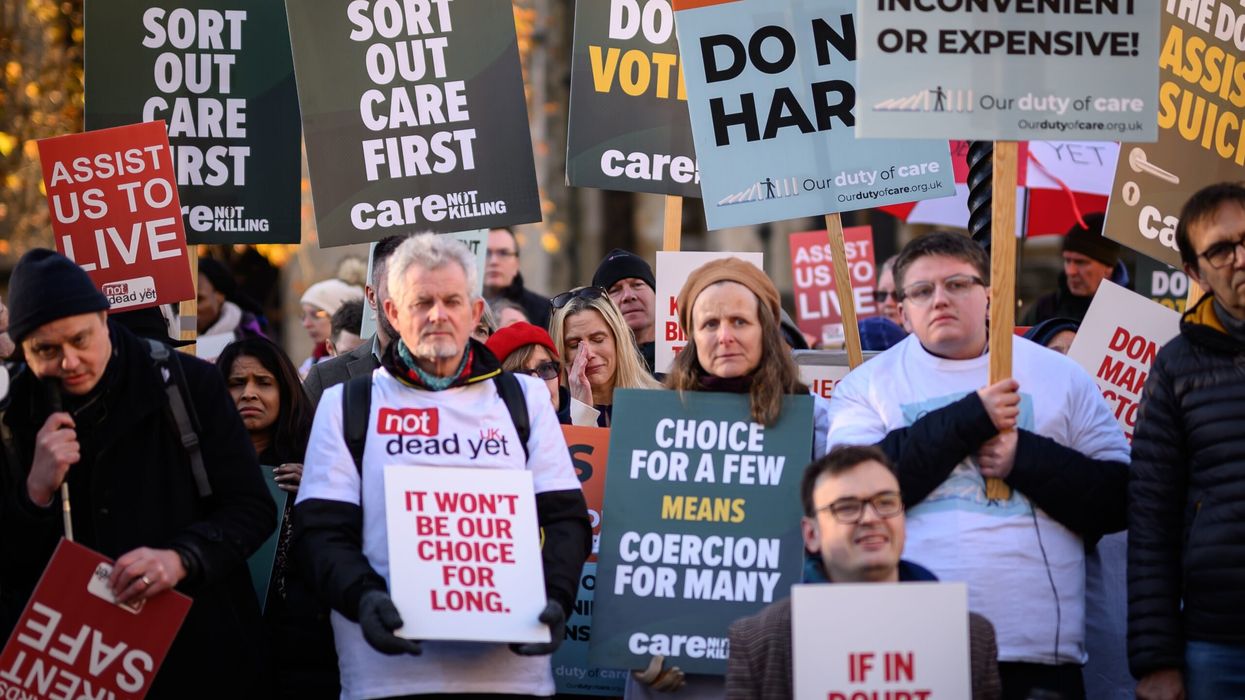
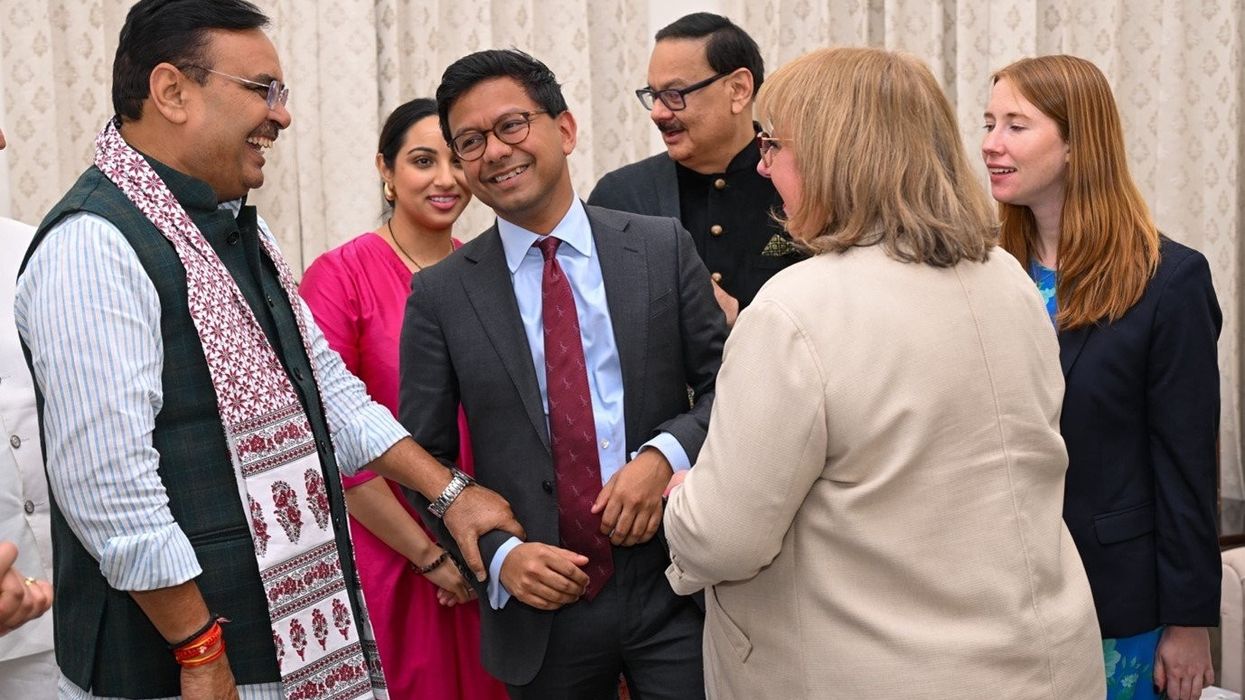
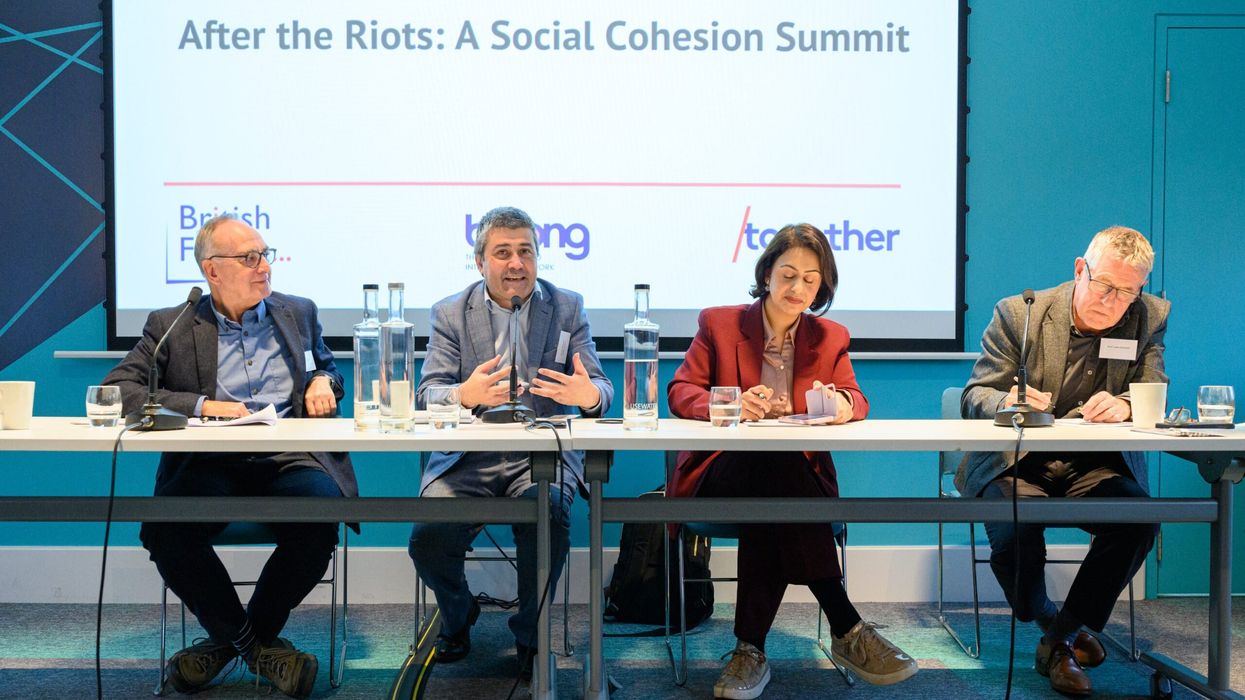





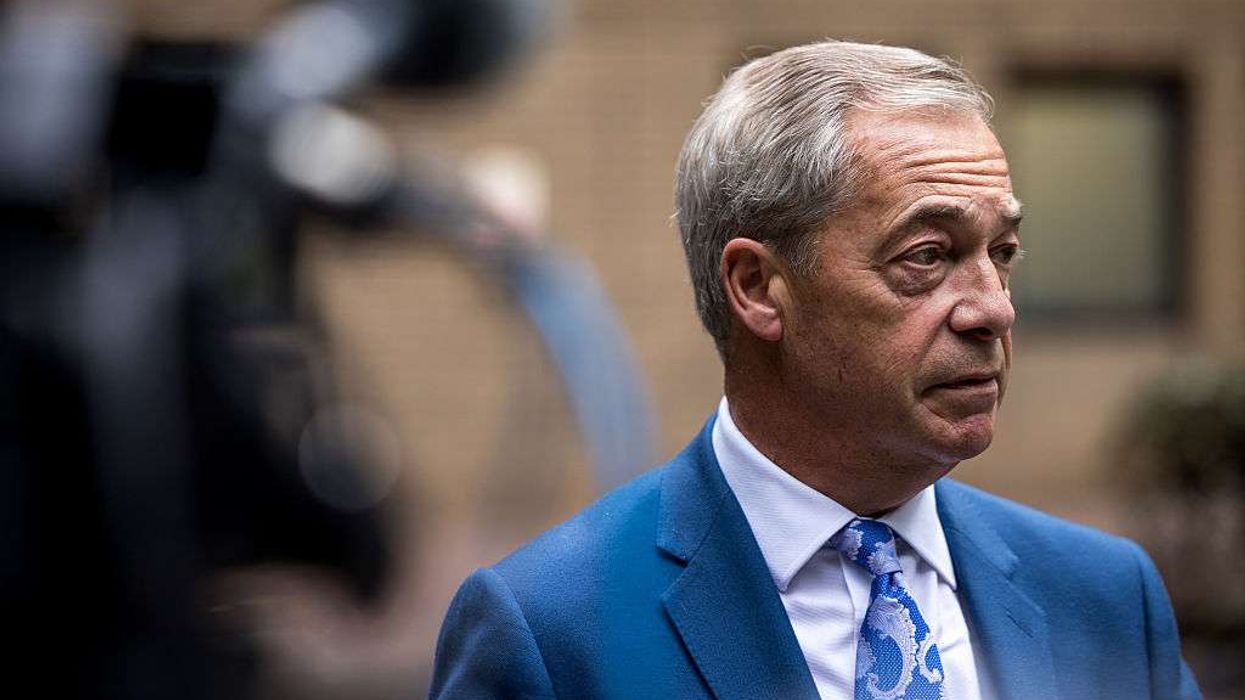


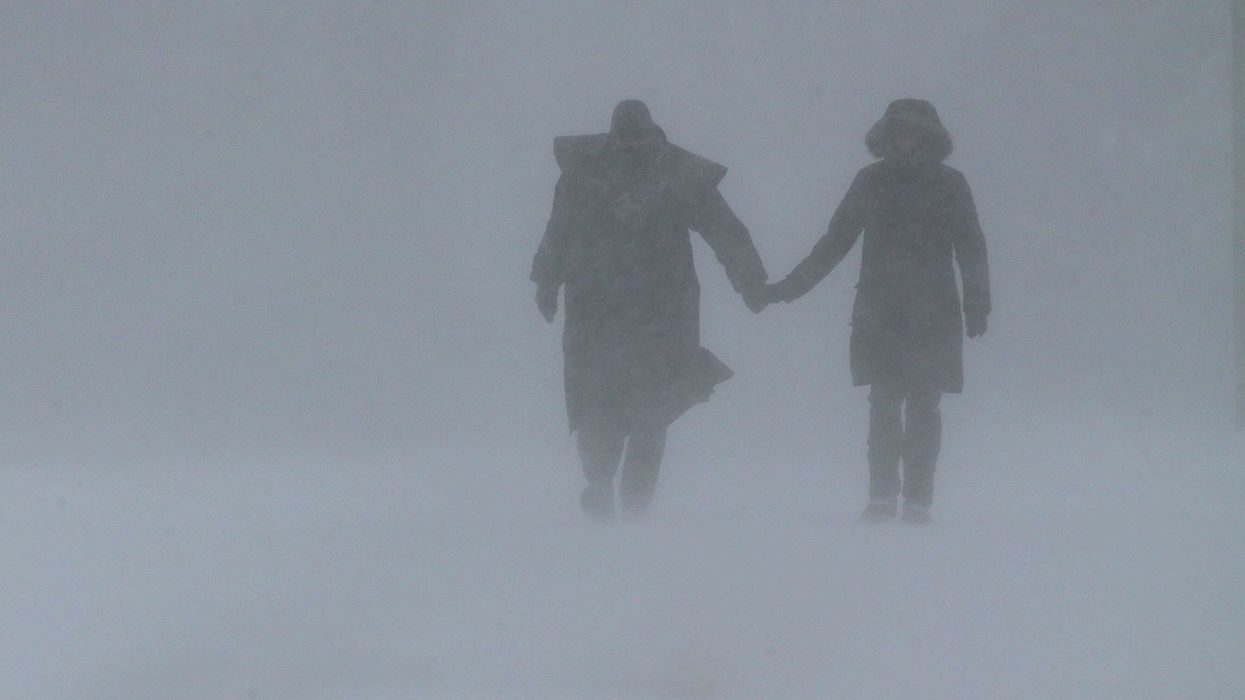
Kee Khobor: What’s the news among Bangladeshis?